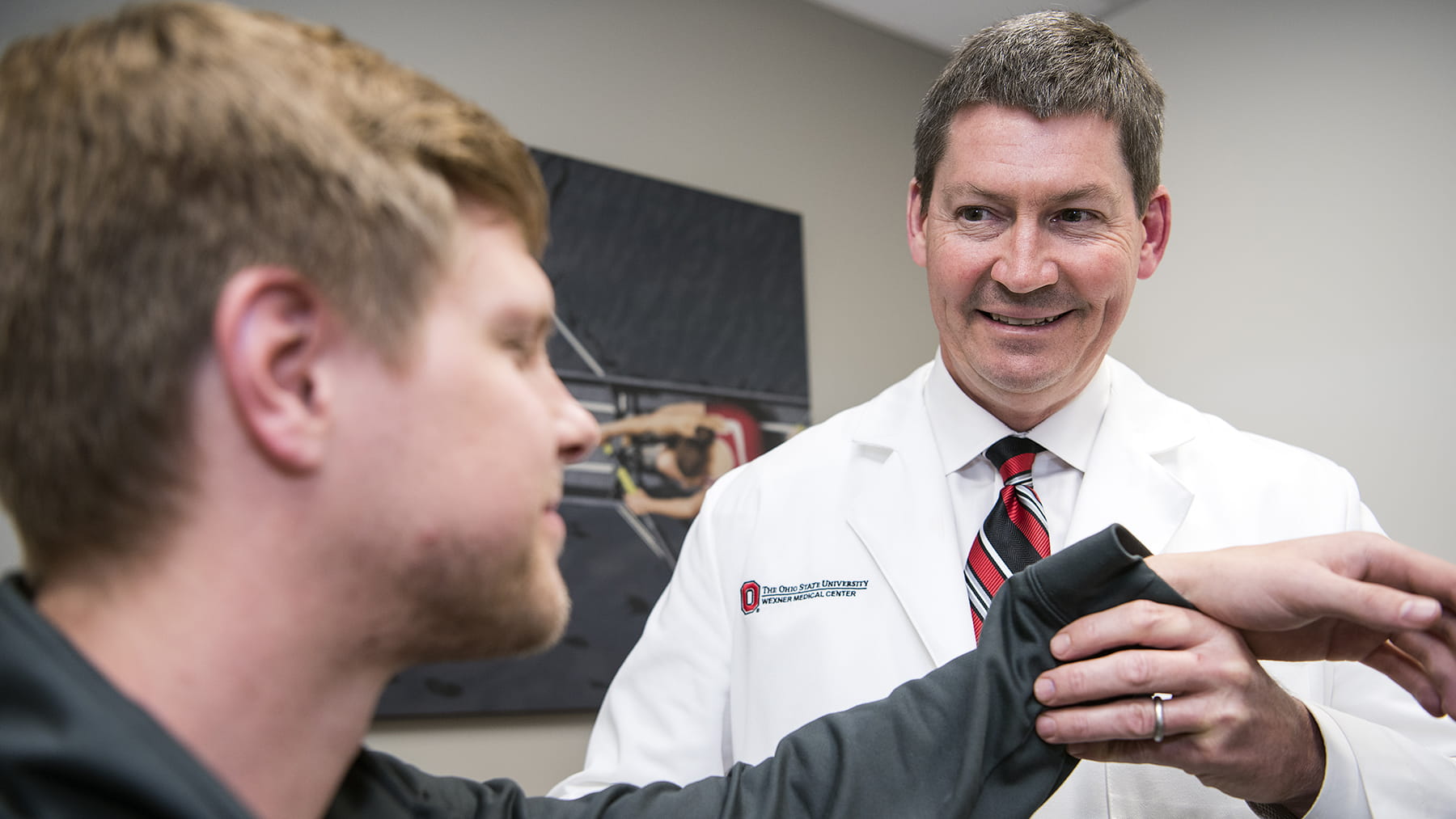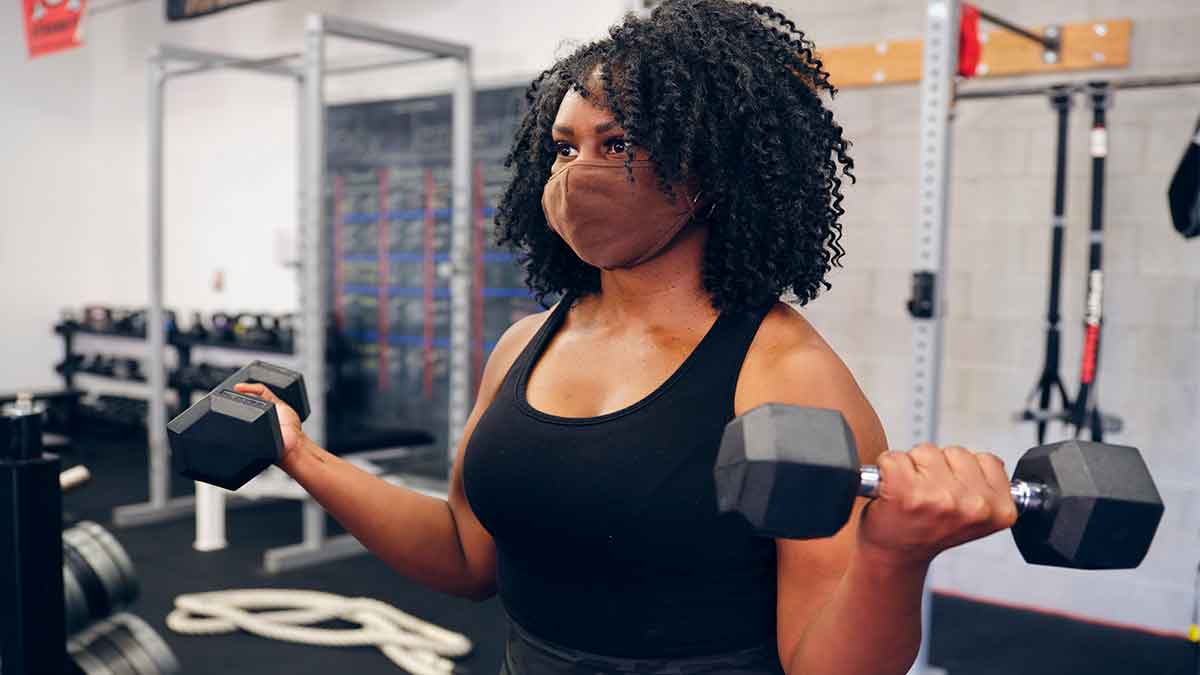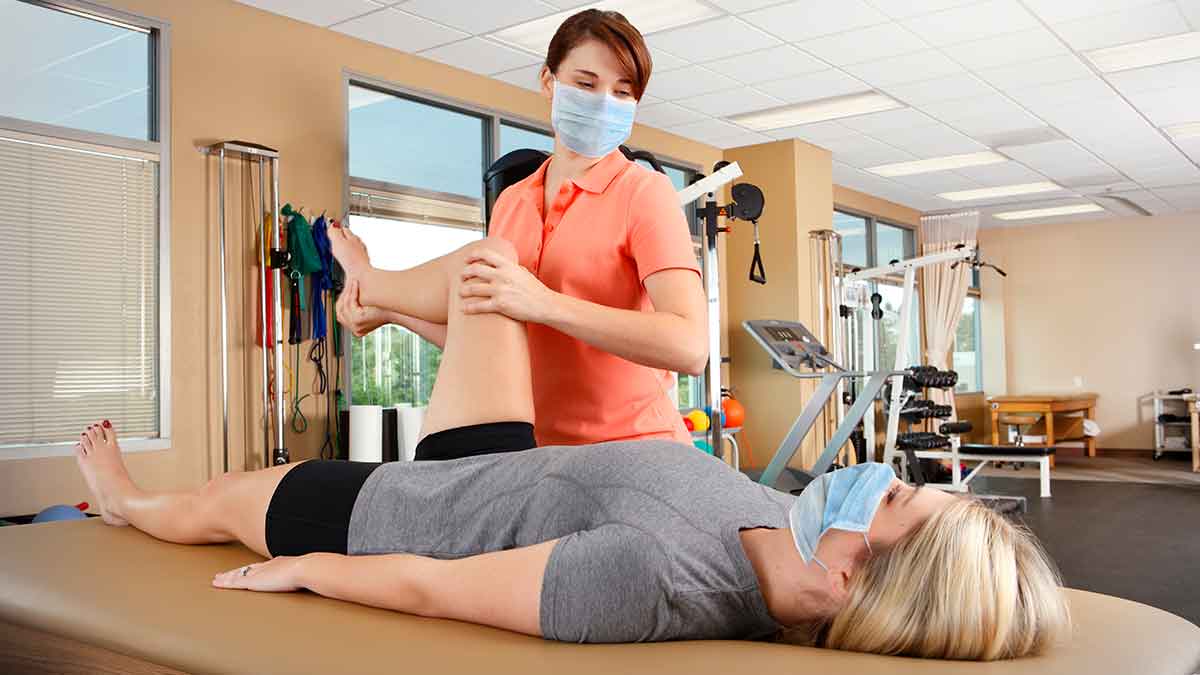A daily routine might cause an injured shoulder

As the body’s most-mobile joint, your shoulder gets a major workout every day. You don’t need to be a professional athlete to injure this all-important joint.
In fact, some of our most commonplace errands can be the culprit of shoulder injuries, according to Grant Jones, MD, a Sports Medicine doctor who specializes in shoulder and elbow surgery at Ohio State’s Jameson Crane Sports Medicine Institute.
Dr. Jones cites simple activities such as picking up a trash can, reaching overhead to put a luggage in an airplane overhead bin or reaching into the back seat of one’s car to pick up something.“Most shoulder injuries our experts see are not necessarily happening to professional athletes, but rather to regular folks doing regular activities.”
Luckily, many of these injuries can be prevented, or often respond well to noninvasive treatment.
How do shoulder injuries happen?
The shoulder is like a ball and socket. Its healthy movement relies on four muscles that comprise the rotator cuff as well as the muscles which surround the shoulder blade, and stability is provided by these muscles, ligaments, and the labrum or cartilage which surrounds the joint, says Dr. Jones.
Injuries can result from picking up a young child, performing yard work or helping a friend move furniture. You don’t need to stop doing these activities, adds Dr. Jones, you just need to practice proper technique.
“The majority of the injuries we see are less severe, or past conditions that worsen after inciting event,” says Dr. Jones. “It doesn’t take much trauma to cause damage, especially if there’s a predisposed condition, like a small tear or partial tear.”
A rotator-cuff tear is an injury to the tendons that surround the shoulder. Other structures that can be torn include the long head of the biceps tendon and the labrum, or the rim of cartilage that surrounds the shoulder joint.
Warning signs of injury include a popping or clicking sound within the joint, difficulty in rotating or lifting the arm and weakness in arm.
“The pain can be very sharp and severe at times particularly after an injury,” says Dr. Jones. “However when the tear develops slowly over time, the pain can be a dull, nagging type pain which can affect sleep and does not go away.”
“If you are over 40 and feel a pop in the shoulder with the sudden onset of pain and weakness– you should get in to see a specialist because this could be a sign of an acute rotator cuff tear which is treated better sooner rather than later.”

What’s the treatment for shoulder injuries?
Unless it’s an acute, traumatic event, the majority of shoulder injuries respond to a nonsurgical approach, such as anti-inflammatory medications, icing, rest and physical therapy.
If matters worsen, surgery might be a solution to consider. The recovery period for shoulder surgery is anywhere from three to six months depending on the type of surgery.
Here are some things you can do to prevent a shoulder injury:
- Focus on your seated posture, positioning your head over your shoulders, keeping your shoulders back and pulling in your abdomen. (do this especially at your desk or in your car)
- Use proper support and form when lifting and carrying. Lift and carry objects closer to the body rather than away from the body and avoid lifting objects overhead with one arm.
- Take regular breaks when performing repetitive activities in which your arms are out to the side or raised. Switch arms if possible.
- Stay physically fit.
- Stretch often, regularly rotate your shoulder through its full range of motion and strengthen your wrists, arm, neck and back to support it.
Exercises to keep your shoulders healthy for a lifetime
Shoulder Blade Squeeze
Stand or sit in a comfortable position. Inhale and pull your shoulders down and back, feeling a pinch between your shoulder blades. Hold this position for 3-5 seconds. Repeat 30 times, 3-4 times per day. Shoulder squeezes can help release tension and improve your posture.
Standing Wall Push-Up
With feet shoulder-width apart, face the wall and place your palms on the wall at shoulder height. Breathe in as you bend your elbows and lower your upper body toward the wall, keeping your feet flat on the floor. Breathe out while pushing back out until your arms are straight. Perform 10-15 reps twice a day to gradually strengthen arms, shoulders and chest.
T-Y-I Movement
Stand with your arms at your side, with your back to the wall and palms facing out. Keeping your shoulder blades in contact with the wall, slowly move arms to a “T” shape, a “Y” shape and an “I” shape, only lifting to shoulder level. Return to the starting position and repeat 5-10 times. This helps strengthen the crucial rotator cuffs.





